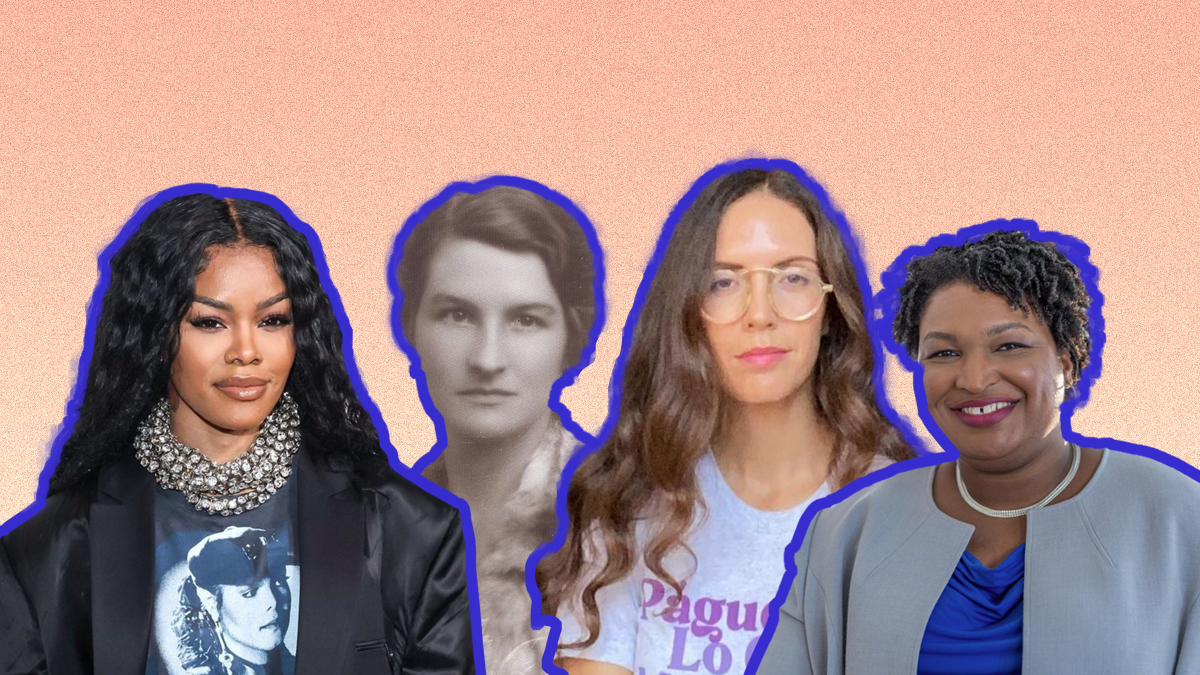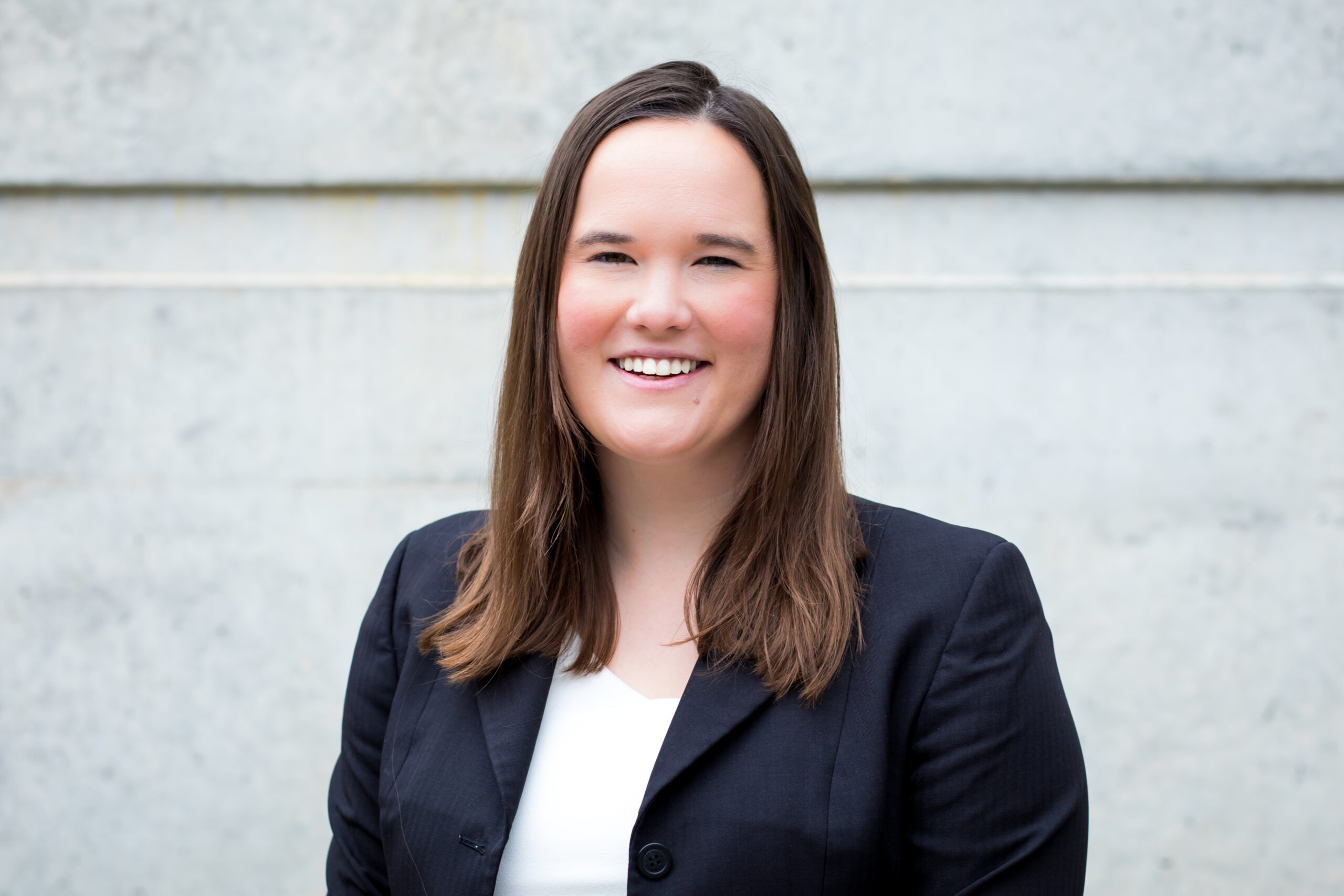Abortion rights, women of color, and LGBTQIA+ people are under attack. Pledge to join us in fighting for gender justice.
These Icons Make Us Proud to Celebrate Women’s History Month

Kerry Washington
By Asma Akram
After figuring out the parental control passcode to my family’s cable at 12, I began watching Scandal and was immediately captivated by Kerry Washington. Her acting skills were phenomenal and her character on Scandal inspired me to be confident, fearless, and unapologetic during a time when being a pre-teen was kicking me down a couple notches.
(In all honesty, one of the many reasons why I went to George Washington University was because she was an alumna)!
Like her admired character in Scandal, she uses resources at her disposal and advocates for others. While growing up, Kerry’s family made it abundantly clear how important civic engagement is, especially when it comes to voting. Because of her upbringing, she became an advocate for voting rights and progressive issues and has shown support to nonprofits, political candidates, and more. Her activism has also centered around the arts and through her production company, Simpson Street, she has uplifted the voices of many artists that would typically be pushed aside by other producers.
Using her power and resources, Kerry is impacting the lives of so many individuals and is always thinking of new ways to support marginalized groups. It’s hard not to admire her work and also be inspired to shake things up!
Stacey Abrams
By Grace Freeman
In the landscape of modern politics, few have held the attention of a nation the way Stacey Abrams has—but it’s what she’s done with that attention that captivates me.
Stacey began her career in the state legislature, which is something to admire in itself—state governments are the backbone of our system and are far too often overlooked. Stacey was in the thick of it, serving as house minority leader in a conservative state and fighting to increase educational opportunity for Georgians.
When she chose to run for governor, her campaign garnered national attention with its surprising success. Although Stacey lost that race, it was the beginning of her fight for voting rights on a massive scale, and it’s where my true admiration for her began.
In 2020, she chose not to make a presidential run despite many in the Democratic party calling for it. Instead, she got to work, pioneering one of the largest voter turnout projects in history. She didn’t search for recognition, she worked to have the voices of all Georgians heard. She organized to get voters who had been written off by many—including people of color, young people, and individuals with low incomes—to believe they’d be heard at the ballot box. And in the next election, Georgia saw some of the largest voter turnout in history. None of that would’ve happened without Stacey Abrams.
I continue to strive to be like Stacey. I admire her work ethic and her ability to create a political playbook. Most importantly, I admire that drive to work at a fiercely lofty goal not to receive praise, but because it is the right thing to do for your community.
Jennifer Carroll Foy
By Victoria Koffsky
When I was graduating from college you could not convince me to move anywhere but back home to New York. That was until my internship supervisor asked me to interview with a delegate in Northern Virginia. Within five minutes of talking to Delegate Jennifer Carroll Foy on the phone, I was ready to pack my bags and move to a state where I didn’t know anyone. During that call, her passion for her community and the causes she fought for was evident. Hearing her identical twin toddlers on her lap proved that she not only wanted to advocate for mothers but that she was already a great one. Having her ask about my values demonstrated she was genuinely committed to lifting up young voices and was receptive to her team and the people she served as delegate.
As I spent more time with Jenn, I felt reassured that I made the right decision to move to Virginia to work for her. She would work as a court appointed defense attorney in the day, continue to work tirelessly for her clients as we drove to events, meet with constituents in the evening, and make it home to see her family at night. She was proof that while it might be difficult (and at times exhausting), passion and drive make it possible to have it all. Every day, Jennifer Carroll Foy inspires me to work a little bit more, advocate a little bit harder, and continue to fight for women’s rights.
Paola Mendoza
By Kate McNamara-Marsland
The 2017 Women’s March was one of my earliest and most meaningful experiences with collective action to date.
I was seventeen years old at the time—on the cusp of being able to vote, but crushed that I was not yet able to. As a deeply empathetic young woman, and as the daughter of lesbian moms, I had been politically conscious for years leading up to that day. Holding a sign that read “Girls Just Wanna Have (Fun)damental Rights,” I stood arm in arm with thousands of people in the streets of my hometown of Cincinnati, Ohio. This worldwide march would leave a remarkable legacy, becoming what is most likely the largest demonstration in American history to date.
This moment of solidarity and empowerment was made possible with the integral efforts of Paola Mendoza, a co-founder and the artistic director of the Women’s March. Fewer people may be aware of Paola’s advocacy efforts beyond the march. As a Latinx film director, author, artist, and activist, she has produced works meant to change thinking and advance movements for immigrants, women, and reproductive justice.
Born in Bogotá, Colombia, Paola came to the United States as an infant with her mother and brother. In the U.S., they struggled for years to find stability. Paola’s work is greatly informed by her upbringing and identity. As the child of an immigrant, and as an immigrant herself, Paola says that her works reflect an “immigrant lens.” In 2009, Paola co-wrote, co-directed, and starred in Entre Nos, a critically acclaimed film based on her family’s lived experiences as migrants.
As an activist, Paola has also spearheaded many organizing efforts, including a powerful performance in January 2020 responding to the epidemic of sexual violence. While Harvey Weinstein was convicted for decades of rape and sexual assault against women, sixty women dressed in black performed “Un Violador en Tu Camino” (“A Rapist in Your Path”), a global anthem against gender-based violence, outside of the courthouse.
In 2022, Paola co-founded The Meteor, a media organization that uses storytelling, journalism, and art to advance gender and racial justice and equity. The platform focuses on amplifying the creative work of BIPOC women, the LGBTQ+ community, and other groups traditionally underrepresented in media.
Working at the intersection of feminism, activism, and art, Paola continues to make meaningful contributions to our movement. I admire her deeply personal, creative, and intersectional approach. As the world witnessed with the 2017 Women’s March, Paola’s bold, innovative activism equips individuals with knowledge of issues and spurs communities to collective action.
Teyana Taylor
By Sky Sealey
Teyana Taylor is a singer, songwriter, choreographer, actor, and director. By the age of 16, Teyana had already signed a music deal with Pharrell and choreographed Beyoncé’s music video for “Ring the Alarm.” As if her resume wasn’t already fascinating, she went on to provide vocals to Kanye’s “My Beautiful Dark Twisted Fantasy” album, starred in movies like Honey and Stomp the Yard, and would eventually debut as an independent artist that mastered the talent of combining a nostalgic ’90s R&B style with a powerful voice.
I was in my late teens the first time I saw Teyana Taylor in person. She was walking confidently throughout the streets of a pre-gentrified Harlem alongside a friend. Boisterous. Filled with laughter. I did not ask for an autograph but instead smiled and kept walking. Already a celebrity, with no security lurking, or disguises to hide the magnitude of who she was, Teyana exuded a confidence and freeness that Black girls often desire. Especially for Black girls from Harlem. Black girls like me. When she created a nail salon on 8th avenue for the community, when she partnered with Adidas sneakers, and when she began adding multiple projects to her director credits, it felt like a win for the whole neighborhood because it demonstrated that someone from such a small neighborhood could excel beyond our wildest dreams.
More recently, Teyana expressed that much of her decision to become independent and eventually retire from music is largely due to the mishandling and disagreements of her projects by men in her industry. Because of this, Teyana has co-created a production company that is focused on partnering with other Black women and creatives to bring their visions to light. Her ability to pivot and create a company over 5-acres of land is a decision that has brought her clarity about artistic ownership, sisterhood, and nurturing artists holistically.
Teyana’s creativity and process of becoming an independent artist and entrepreneur reminds me how important it is to have Black creatives in positions where they can own and direct their art. She has also taught me how important it is to move in a world authentically as myself and take leaps of faith. Teyana’s raspy voice, eclectic style, and ability to be honest about her most vulnerable experiences publicly remind me of similar journeys that my homegirls and I are experiencing as we navigate our lives as mothers, young professionals, creatives, as girls coming from Harlem. In a world where it is often hard to find figures that embody where you come from and where you would like to go, although not perfect, Teyana Taylor is a woman that I give flowers to.
Virginia Hall
By Erin Weber
Have you ever come across a story and immediately thought, “How have I never heard of this person?”
Well, buckle in because Virginia Hall’s story sets a new standard for bravery, grit, and badassery.
Virginia was born early in the 20th century and immediately demonstrated a love of all things considered “unladylike” at the time. She liked to hunt and even once wore a bracelet of live snakes to school. True story.
Her thirst for adventure led her to eschew her parents’ marital expectations and become a diplomat. However, the U.S. State Department refused to give her a position of any importance, and she became increasingly frustrated with their inability to take her seriously. After a hunting accident left her with a wooden leg, Virginia traveled to France to find work, just as European tensions were beginning to bubble over.
After driving an ambulance in France at the beginning of World War II, Virginia sought out the British intelligence agency in lieu of the CIA, which refused to hire her. Despite her U.S. citizenship, the British sent her to lead a spy and sabotage mission in France against the Nazis.
In her post, Virginia Hall became one of the most important members of the French Resistance. She recruited saboteurs and spies, secretly sent messages back to the British, and intercepted air drops of explosives used to decimate German supply lines. Her actions would later be hailed as integral to the Allied advance after D-Day.
Virginia’s story reads like a spy thriller, with dozens of near-captures by the Gestapo, prison breaks to save her Resistance friends, and ultimately an escape into Allied territory that required scaling mountains. After the war, the U.S. Office of Strategic Services awarded her the Distinguished Service Cross—the second highest military decoration for “military valor.”
A blurb could never and would never do this woman justice, but I hope you find inspiration from her courage, heart, determination, and resilience. Virginia, you were one hell of a woman.





